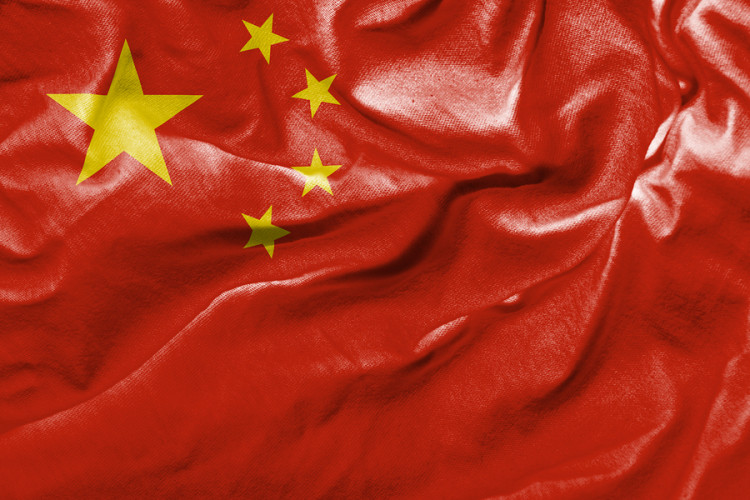Chinese Investment in U.S. Rises to Record, Boosting Jobs

published Apr 12th 2016, 5:09 pm, by Sangwon Yoon
(Bloomberg) —
Chinese direct investment in the U.S. rose to a record last year, driving the total number of jobs linked to it to the highest ever, according to a report by the National Committee on U.S.-China Relations and Rhodium Group.
Investors from China put more than $15 billion into 171 transactions in the U.S. in 2015, and more than $30 billion of deals and projects are already pending for this year, according to the study. The report cited data compiled by Rhodium’s China Investment Monitor, which has tracked mainland Chinese-owned firms’ direct investment in the U.S. since 2000. They helped add 13,000 full-time jobs for Americans last year, bringing the total number over the past 15 years to more than 90,000, according to the report.
The dataset includes investments by establishments in the U.S. that have at least 10 percent mainland Chinese ownership or control, and excludes those by households and individuals. It covers greenfield projects, or construction of new facilities as factories, warehouses or offices; acquisitions of existing U.S. assets and stakes in companies of 10 percent or higher; and major expansions of existing facilities.
U.S. Politics
The flow of money into to the U.S. is part of a surge in Chinese overseas investment, which was triggered by President Xi Jinping’s encouragement of firms to gain know-how and market share through foreign transactions. The slowdown in the country’s $10.4 trillion economy and concern about the yuan’s stability have “visibly accelerated the pace of Chinese deal-making abroad since mid-2015, with a record $100 billion of announced M&A transactions worldwide in the first three months of the year,” according to the study.
“The ongoing overhaul of China’s growth model, lower political barriers for outbound investment, and greater confidence by Chinese businesses to invest overseas will propel an outflow of hundreds of billions of dollars from China in the coming decade,” according to the report. It warned that anti-free-trade rhetoric emanating from U.S. presidential candidates risks cutting off opportunities foreign investment brings to American voters.
Louisiana Plant
In order to “reverse the loss of tens of millions” of American jobs to China, Republican candidate Donald Trump has threatened to impose a 45 percent tariff on Chinese imports and file a complaint against China with the World Trade Organization for “cheating.” Democratic candidate Hillary Clinton has diluted her support for ratifying a 12-country Pacific trade deal she helped initiate, and boosted her pledges to get tougher with China on environmental protection, labor conditions and currency manipulation.
The U.S. continues to run a trade deficit with China, having imported about $481.9 billion worth of Chinese goods while exporting about $116.2 billion of goods to China last year, according to U.S. Census Bureau data.
The report counters the candidates’ protectionist pledges by citing various Chinese-funded projects such as Shandong Yuhuang Chemical Co.’s new $1.85 billion methanol plant facility in Louisiana, which will eventually create more than 400 permanent jobs. It also points to growing Chinese interest in U.S. entertainment, technology, automotive, hospitality and tourism, aviation and health and biotechnology as industries that would benefit significantly from new connections to Chinese companies.
The biggest recipients of Chinese inflows are districts in New York, North Carolina, Virginia, Texas, Illinois, and California, according to the report. While mergers and acquisitions remain the preferred entry method for Chinese investors, accounting for about 90 percent of the 2015 total, the growth of investments in greenfield projects now outpaces expansion in M&A. In 2015 Chinese spending on U.S. greenfield projects totaled $1.8 billion last year, a 34 percent increase from 2014.
The International Monetary Fund on Tuesday upgraded its China growth forecasts by 0.2 percentage point for this year and next, following signs of “resilient domestic demand” and growth in services that offset weakness in manufacturing.
(Updates with IMF growth forecast for China in final paragraph.)
To contact the reporter on this story: Sangwon Yoon in New York at syoon32@bloomberg.net To contact the editors responsible for this story: Nikolaj Gammeltoft at ngammeltoft@bloomberg.net Richard Richtmyer
copyright
© 2016 Bloomberg L.P







No Comment